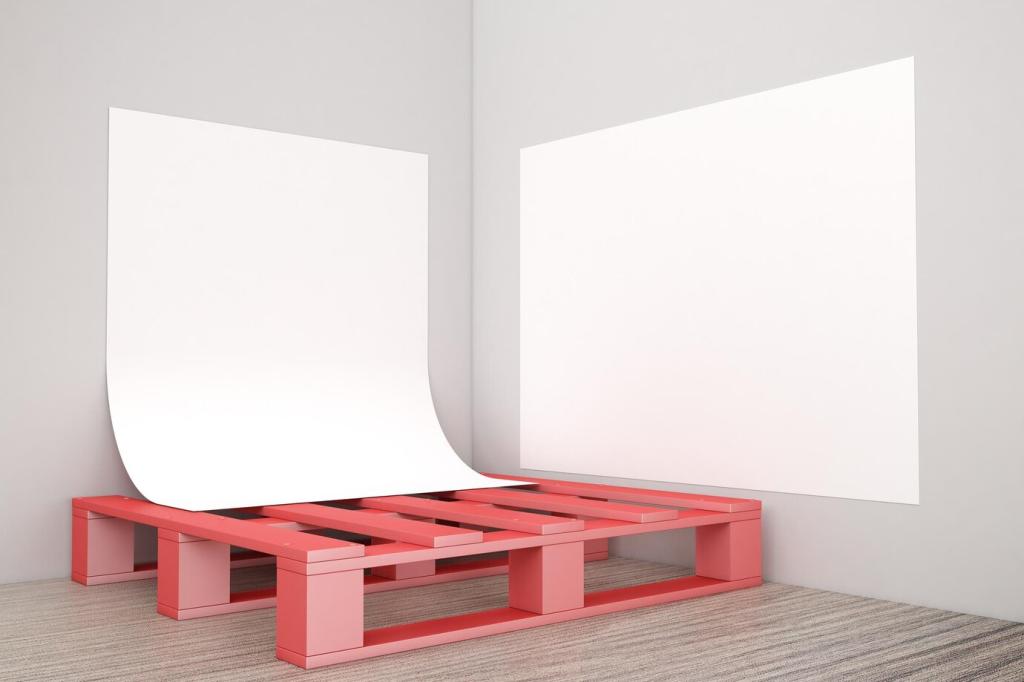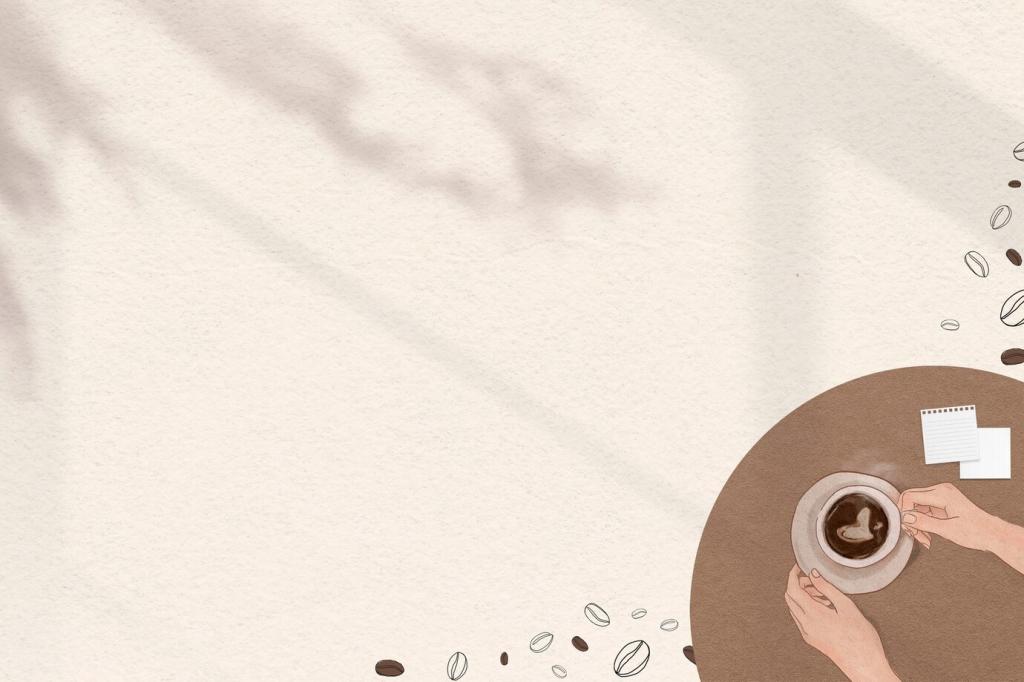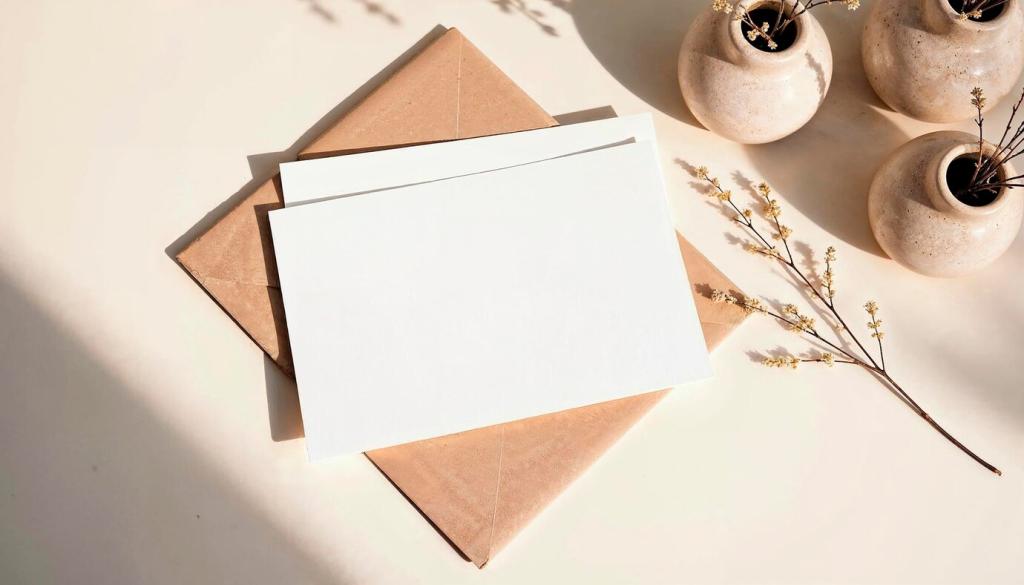Practice and Participate: Living the Pioneer Lessons
Clear a single shelf and keep only three essentials. Notice how your eye rests and your hand reaches more decisively. Post a photo, tag your choices, and tell us what you didn’t miss after seven quiet days.
Practice and Participate: Living the Pioneer Lessons
Spend one evening with lamps off and a single directional light. Watch corners appear and textures speak. Describe how the room’s mood shifted—and whether restraint made conversation softer, deeper, or surprisingly playful.





